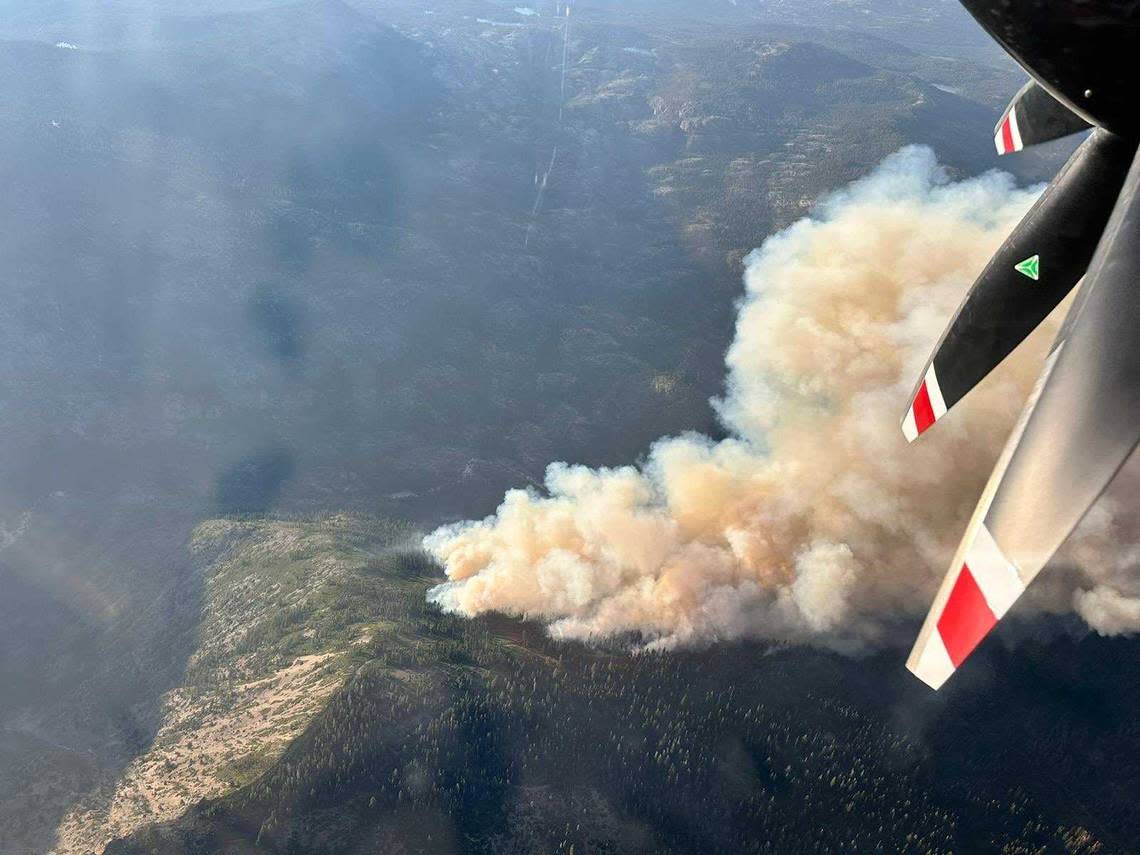Climate bond, who? What you need to know about the $10 billion cash request on your ballot

Coming to your California ballot this November is a question from the state’s governor and lawmakers: Will you, dear voter, approve $10 billion in state borrowing to help pay for climate and environmental programs?
The bond, or Proposition 4, was approved for the ballot by lawmakers July 3rd and is supported by dozens of environmental advocates, labor unions, renewable energy companies and others. Its main opponent is the Howard Jarvis Taxpayers Association, a longstanding anti-tax group.
It’s also called the Safe Drinking Water, Wildfire Prevention, Drought Preparedness, and Clean Air Bond Act of 2024. To keep things simple, here’s a refresher on how bonds work and a rundown on what this loan would, and wouldn’t, pay for.
Bond? Never heard of her
Bonds are a form of long-term borrowing that governments uses to raise large sums of money. State general obligation bonds are typically used to finance major infrastructure projects that can be expensive to pay for all at once — such as roads, schools or parks.
This bond, like the $10 billion education bond also slated for the ballot, will be repaid in annual increments from California’s annual budget, funded primarily by income and sales taxes. Unlike local bonds which can require a two-thirds vote, these only need majority approval.
Like any loan, California taxpayers will have to pay back this bond over time with interest. A legislative analysis estimated it would ultimately cost $650 million a year for the next 30 years, amounting to more than $19 billion when all is said and done.
What does Prop 4 buy?
After big promises were made two years ago, California’s climate and environment budget has seen steep cuts. Of Gov. Gavin Newsom’s 2022 $54 billion commitment to climate spending, roughly $9 billion has been cut — particularly from wildlife conservation and restoration programs.
If voters approve the bond via Proposition 4, the Legislature could spend up to these amounts on these issues from a newly established fund:
Water and drought, $3.8 billion
More than half will be used to protect and increase water supply, according to a bond analysis. That includes grants for drinking water quality, groundwater storage and sustainability projects, and water recycling programs. Just under half will be for flood risk reduction, dam safety, and restoration of watersheds and wetlands.
Wildfire and forest resilience, $1.5 billion
Much of this money will go to the Natural Resources Agency for grants to improve fire prevention and forest health. Tens of millions will go to other agencies such as Cal Fire for wildfire ignition detection technology and the California Conservation Corps.
Coastal resilience, $1.2 billion
This will fund projects and programs to adapt to sea level rise at a variety of agencies, including the State Coastal Conservancy and Department of Fish and Wildlife. The pot includes money for restoration of kelp forests, removal of obsolete dams, and fish hatchery expansions.
Biodiversity protection, $1.2 billion
The vast majority goes to the Wildlife Conservation Board for grants supporting fish and wildlife, but also includes tribal nature-based solutions.
Clean air programs, $850 million
More than half will support offshore wind power generation, with the rest financing electricity transmission and long-duration battery storage projects to help support the state’s clean energy goals.
Parks and outdoor access, $700 million
California’s State Parks system and Natural Resources Agency are the main beneficiaries of these funds, which would support outdoor recreation and public access to those opportunities.
Extreme heat mitigation, $450 million
Urban greening, urban forests, strategic “community resilience centers,” and local disaster relief community grants are included in this chunk.
Climate smart farms and ranches, $300 million
The main thing here are grants to support climate-friendly technology upgrades for farmers and ranchers, including $15 million for low-income farmworker carpools.
What’s not in it?
Most of California’s carbon emissions that are driving today’s increase in global temperatures come from cars, trucks, homes and heavy industry — all of which are notably absent from this climate bond.
But David Weiskopf, senior advisor at progressive research and advocacy group NextGen California, said the bond is less about achieving carbon reductions and more about bolstering the state’s defenses against climate impacts.
“Most of what you see here is either related to helping manage the impacts of climate change or making lands and ecosystems more resilient to those impacts,” he said, though he would have liked to see more support for equitable decarbonization of buildings.
He expects to see continued progress on clean vehicles, buildings and industry through the combination of state regulations and federal investments through the Inflation Reduction Act.
While supportive, he said $10 billion simply does not undo decades of environmental damages done to California’s natural landscapes in the name of fossil fuel profits.
“I think the bond is taking a tool that was available and doing what can be done with it,” Weiskopf added. “The problem is just much, much bigger than the capacity to address it through these means alone.”

